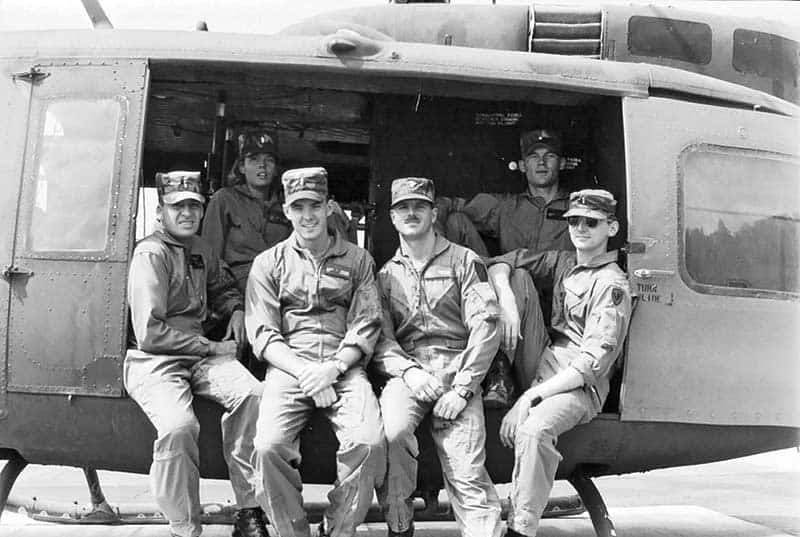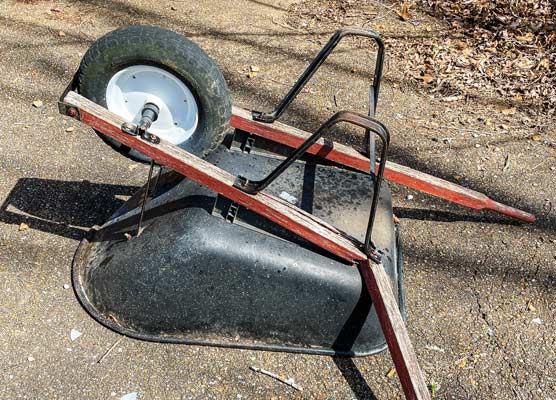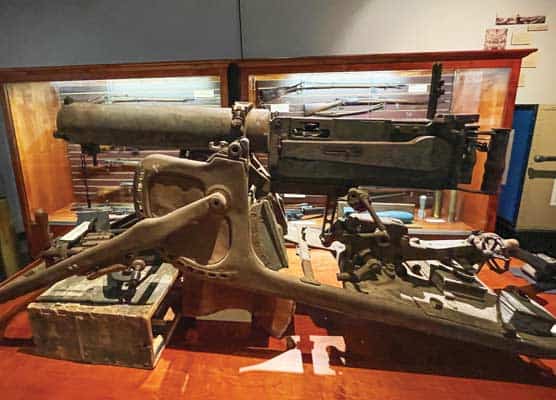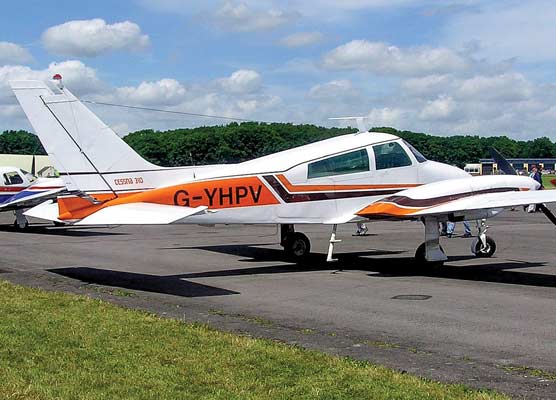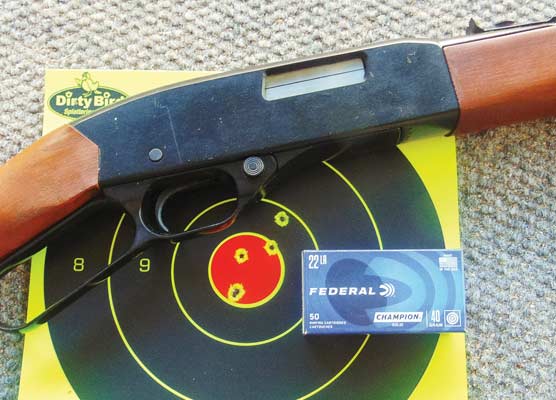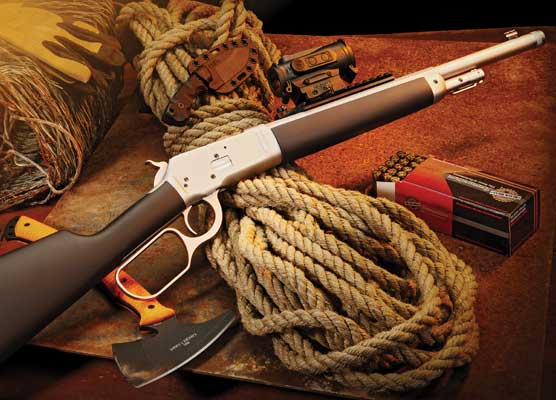Never Give Up
Even If You Have Good Reason …
My last flight as an Army Aviator was one of the most emotional events of my life. For eight years that world defined me. I flew all the time, because that was my job. And then one day it was gone.
My buddies saw to it my last ride was special. We loaded a CH-47D Chinook up with a bunch of our guys and flew out to a remote mountaintop in Alaska. We then shut down, planted an American flag, and I conducted a reenlistment. It was a legitimately perfect day.
I flew that last mission with a dear friend named Steve. Steve was a great pilot and an even greater guy. He kept up during Physical Training and deployed to the desert for the first Gulf War. Given his extraordinary story, he really should have been dead.
Some Things Aren’t Supposed To Happen
Steve was flying instruments in flight school. At that time, instrument phase was conducted in Vietnam-vintage UH-1H Hueys. The Instructor Pilot (IP) sat on the left, while the primary student sat on the right. The second student occupied the jump seat and managed fuel checks. At the rough midpoint the two students would swap out. This scheme has produced countless thousands of competent and capable Army Aviators.
Steve was shooting an instrument approach into the Dothan, Ala., airport. For this particular phase of training, the student pilot flies behind the Cardboard Cloud. This is a piece of cardboard cut to fit in the pilot’s-side windshield to keep the student’s attention focused inside where it should be. You could see above the Cardboard Cloud, but you couldn’t actually see where you were going. The first inkling Steve had something was amiss was when the Low Rotor RPM horn went off in his helmet.
Helicopter pilots don’t generally wear parachutes because the entire aircraft is your parachute. There is a mechanical interface between the engine and the main rotor transmission called a sprag clutch. In the event of an engine failure the sprag clutch automatically disengages, allowing the rotor to spin freely.
In this state the rotor windmills during a controlled descent like a maple leaf, retaining a great deal of energy. Once close to the ground the pilot flares to bleed off airspeed and then pops the collective at the last minute to load the rotor system. This increases the pitch in the rotor blades, slows the entire rotor system, and ideally results in a smooth and comfortable controlled power-off landing.
To verify all is indeed well after an engine failure in a helicopter, the first thing you look at is the RPM gauge. There is a separate needle for the engine and the rotor. These two needles are typically locked together. In a normal engine failure the engine RPM should drop, while the rotor RPM remains steady.
In Steve’s case both needles were headed for the basement. Steve had experienced a sprag clutch failure. Right before impact, Steve glanced up just in time to see the main rotor seize right off the nose. Steve had just suffered a main rotor stoppage in flight.
The Event
The aircraft impacted nose down and left side low. A big pine tree came in the left door and decapitated his IP. The aircraft hit so hard it rolled Steve’s foot into a bloody mess and mashed the resulting stump through the chin bubble and into the black Alabama dirt. His stick buddy was miraculously unhurt. He pulled Steve to safety as the aircraft was consumed in a post-crash fire.
At the military hospital where they took him, the surgical staff prepared to amputate Steve’s leg. However, a newly minted military orthopedist thought he might be able to save the foot. After some aggressive debridement and several surgeries, Steve’s affected leg was a bit shorter than its mate, but he could walk. Eventually he could even run. He wore special boots and running shoes to accommodate.
Denouement
The Army strives to get you back in the saddle as soon as possible after an accident. Steve’s stick buddy flew one more time the following week and then quit. By contrast, Steve spent months in rehab, sneaking into the simulator during his free time just to keep himself occupied. By the time he climbed back into another Army helicopter he had accumulated some 300 hours of simulator time. When we flew together operationally, Steve was a simply stellar stick wiggler.
In the face of adversity, attitude is quite literally everything. Despite such gruesome injuries, Steve never quit. He went on to a distinguished career as a combat aviator as a result. He also gave me the best last flight in the Army a guy could ever hope for.

